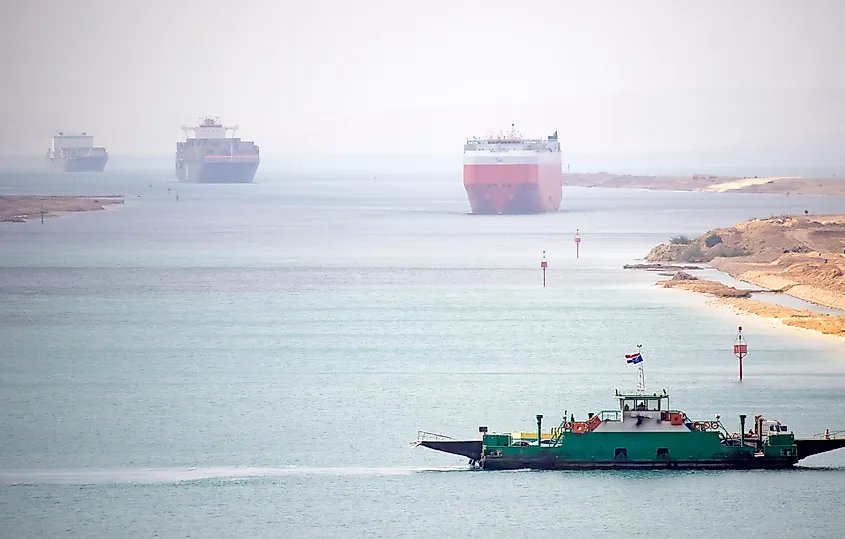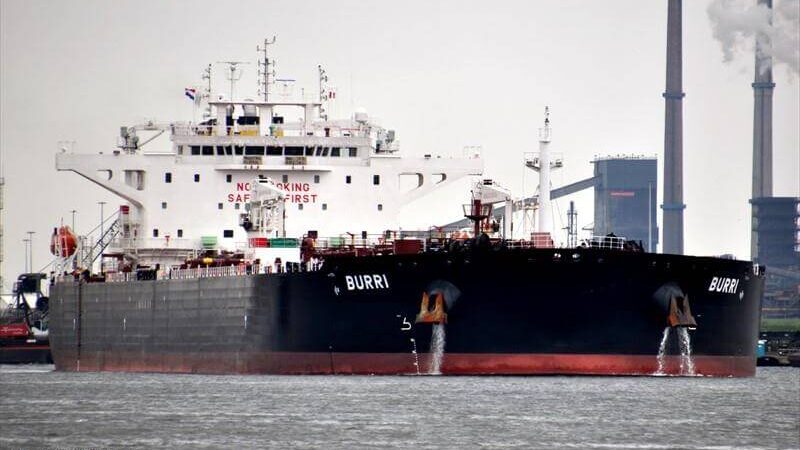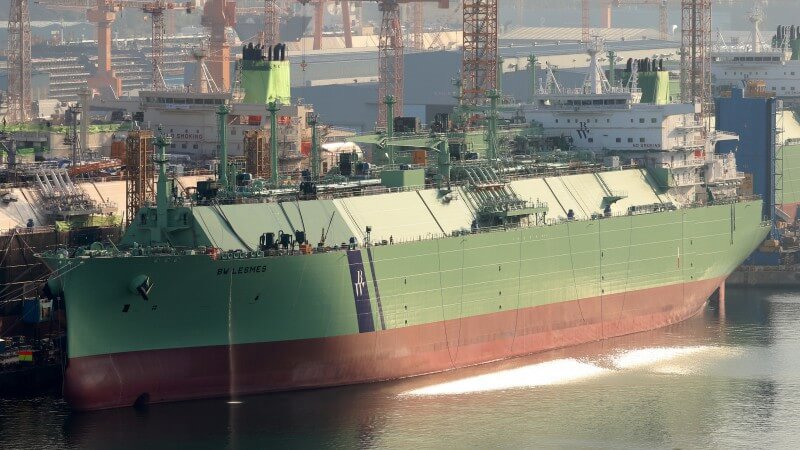Collision of a Tanker and LNG Carrier Navigational Challenges in the Suez Canal

17th August 2023
Introduction: Collision of a Tanker and LNG Carrier
The maritime industry plays a crucial role in global trade, with countless vessels navigating intricate waterways daily. Among these vital routes, the Suez Canal stands out as a linchpin, connecting the Mediterranean Sea to the Red Sea and providing a shortcut for vessels traveling between Europe and Asia. However, this strategic waterway isn’t immune to accidents, as exemplified by the collision between a tanker and an LNG carrier. This incident highlights the intricate challenges and potential consequences of maritime navigation, even in well-established routes.
The Suez Canal, opened in 1869, is a 120-mile-long artificial waterway traversing the Isthmus of Suez in Egypt. It serves as a critical maritime link, reducing the travel distance between Europe and Asia by thousands of miles. The canal’s narrow width, averaging around 205 meters (672 feet), necessitates precise navigation and coordination between vessels, making it prone to potential collisions. While the canal’s management employs advanced technologies to monitor and guide vessels, accidents can still occur due to various factors.
The Incident: Collision of a oil product tanker BURRI Cayman-flagged and Singapore-flagged LNG Carrier BW LESMES
while transiting the Suez Canal en route from the Mediterranean to the Red Sea. The LNG carrier, controlled by BW LNG, reportedly ran aground at about 2200 hours local time while underway in the southbound convoy causing the tanker behind it to run into it. The collision occurred in a narrower section of the canal, where vessels often need to wait for their turn to pass due to limited space.
The Suez Canal Authority confirmed earlier this morning that a minor collision occurred between the two vessels following a sudden stop by BW Lesmes at the 77.75370 nautical miles of the channel. The LNG carrier experienced a technical failure, causing the vessel to lose steering ability and run aground. The LNG carrier was not loaded with cargo at the time of the incident, according to Suze canal authority. The Cayman Islands-flagged product tanker behind it in the convoy was unable to stop in time and ran into the LNG carrier. The Ever Given grounded in the same general vicinity in March 2021, blocking the waterway for six days. This incident that shook the maritime community. The collision resulted in significant damage to both vessels, impacting their ability to move and blocking the canal for hours.


Navigational Challenges in the Suez Canal
The incident sheds light on the intricate navigational challenges that vessels face while transiting the Suez Canal
- Limited Width: The narrow width of the canal demands precision from ship captains and pilots. A minor deviation from the optimal course can quickly escalate into a collision. Maneuvering large vessels in such tight confines requires skilled navigation and constant communication with the canal’s control center.
- Vessel Traffic Management: The Suez Canal witnesses heavy traffic, with vessels of various sizes and types passing through daily. The need to manage this influx while maintaining safe distances between vessels is a complex task. Delays in one vessel’s passage can lead to congestion and increase the risk of accidents.
- Weather Conditions: Weather conditions, including wind speed and visibility, play a significant role in safe navigation. Strong crosswinds can push vessels off course, making it challenging to maintain control, especially in the narrow stretches of the canal.
- Human Error: Even with advanced technology and sophisticated navigation aids, human error can still contribute to accidents. Miscommunication, misinterpretation of instructions, or lapses in judgment can lead to dire consequences.
Consequences and Impact
The collision’s immediate impact was the obstruction of the Suez Canal, disrupting global trade for several hours. Vessels scheduled to pass through the canal faced delays and had to consider alternative routes, leading to potential financial losses. Additionally, the blockage resulted in a backlog of vessels waiting to enter the canal, exacerbating the congestion and further highlighting the vulnerabilities of such a critical maritime passage.
The incident’s aftermath included extensive damage to both the tanker and the LNG carrier, requiring significant repair work and investigation. Environmental concerns arose due to the potential leakage of cargo or fuel, prompting immediate response efforts to mitigate any possible pollution.
Conclusion
The collision of a tanker and an LNG carrier in the Suez Canal serves as a stark reminder of the complexities involved in maritime navigation, even in widely used and well-regulated routes. As global trade continues to rely on the efficient movement of goods through waterways like the Suez Canal, it is imperative for the maritime industry to prioritize safety, invest in technology, and implement rigorous training programs. By learning from such incidents and continuously refining navigation practices, the industry can mitigate risks and ensure the smooth flow of international commerce.
Click here to join our Telegram chanel
You will get information, news, and support related to Merchant Navy.
